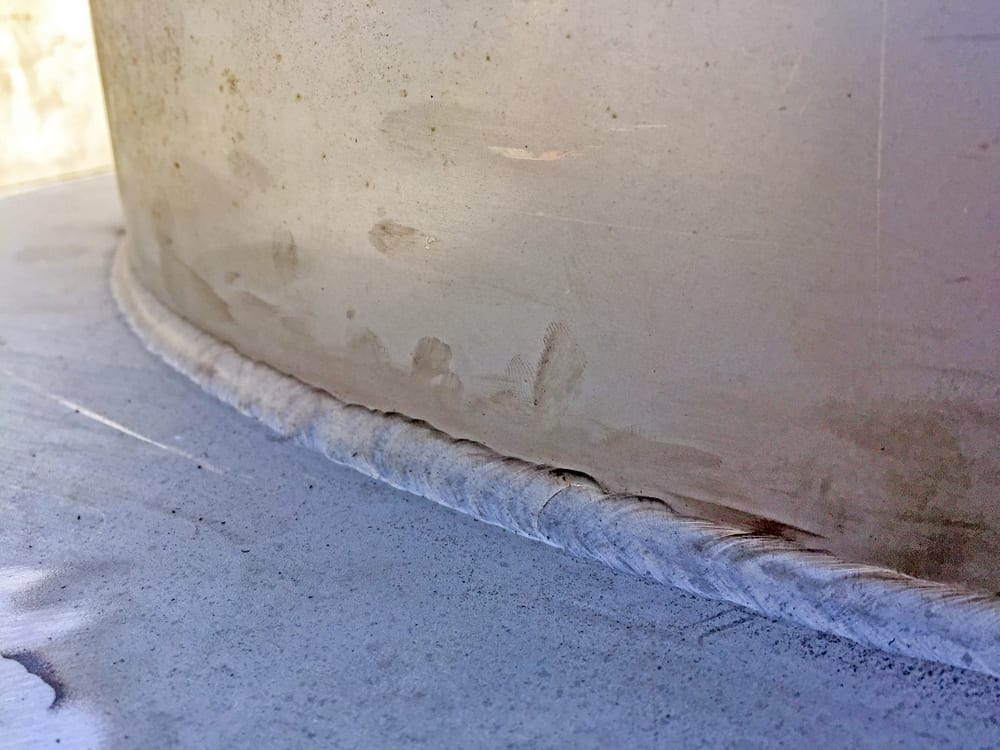Best Overview to Preventing Weld Undercut: Tips and Techniques
Best Overview to Preventing Weld Undercut: Tips and Techniques
Blog Article
A Comprehensive Overview to Identifying, Stopping, and Mending Undercut Welding Troubles in Your Welding Projects
In the realm of welding, coming across undercut concerns is an usual challenge that can compromise the architectural integrity and total quality of your welding projects. Understanding the source behind undercut welding, being able to properly spot it in your welds, and carrying out reliable preventative measures are important skills for any welder. In addition, having the knowledge and techniques to remedy undercut problems when they do happen can make a considerable distinction in the last result of your welding undertakings. Stay tuned as we discover the vital parts of determining, protecting against, and dealing with undercut welding problems, giving you with useful understandings and strategies to boost your welding abilities to the following degree.
Usual Sources Of Undercut Welding
Undercut welding, an usual problem in welding processes, can be created by numerous variables that need to be meticulously determined and resolved to make certain the integrity of the weld joint. One of the main reasons of undercut welding is excessive warmth input.
An additional usual cause of undercut welding is improper welding technique. Insufficient manipulation of the soldering iron or gun, incorrect angle or distance in between the work surface and the torch, or irregular traveling rate can all contribute to the formation of undercut. Additionally, using the incorrect welding consumables or electrode size for a particular joint configuration can bring about undercut issues. Determining these origin triggers and implementing rehabilitative procedures is crucial in preventing and remedying undercut welding problems in welding projects.
Identifying Undercut in Welds

To recognize undercut properly, appropriate illumination and magnification tools are crucial to inspect the weld joint extensively. Making use of tools such as a welding gauge or a magnifying glass can aid in spotting even the smallest undercut flaws. In addition, running a finger or a finger nail along the weld joint can in some cases reveal undercut, as the surface may feel irregular or have a dip where the undercut exists.
Safety Nets for Undercut
Having a deep understanding of the reasons of undercut in welds allows for the execution of reliable preventative procedures to maintain weld top quality and stability. These setups need to be enhanced to stop excessive heat input, which can lead to damage formation.

Techniques for Repairing Undercut

Boosting the welding current or minimizing the travel rate can assist fill in the undercut. Furthermore, altering the welding strategy from a press to a drag or vice versa can likewise aid reduce undercut.
Another method is to utilize a weaving movement while welding to make sure appropriate sidewall combination and fill in the undercut. By oscillating the welding arc back and forth within the weld joint, the welder can deposit more filler product right into the undercut locations, effectively eliminating the flaw.
In addition, grinding out the undercut and rewelding the joint can be a practical remedy for a lot more severe undercut concerns - Preventing weld undercut. here This process involves removing the undercut area, preparing the base metal, and after that rewelding the joint with correct welding parameters and techniques to avoid undercut from returning

Professional Tips for Staying Clear Of Undercut
Utilizing proper welding strategies and preserving control over key welding criteria are crucial techniques for welders intending to avoid undercut in their weld joints. One expert pointer for preventing undercut is to make sure appropriate joint prep work. This entails cleaning the base wikipedia reference metal thoroughly to remove any contaminants that might bring about damage development. Furthermore, picking the proper welding process and filler metal for the details application can assist stop undercut. Welders ought to also pay attention to the welding current and voltage setups, guaranteeing they are within the suggested variety to avoid overheating and possible undercut. Maintaining a constant traveling rate throughout the welding process is an additional essential idea to stop undercut. By moving at a stable rate, welders can ensure proper fusion and lower the probability of undercut development. Lastly, examining the weld bead after completion can help recognize any kind of indicators of undercut early, permitting immediate restorative activity to be taken.
Verdict
In verdict, identifying, avoiding, and fixing undercut welding troubles in your welding tasks is vital for ensuring strong and resilient welds. Preventing weld undercut. By recognizing the common reasons for undercut, being able to recognize it in welds, applying safety nets, and making use of proper strategies for taking care of undercut, you can stay clear of prospective concerns and create premium welds. Following expert ideas for avoiding undercut can help you enhance your welding abilities and produce far why not check here better lead to your projects
Undercut welding, an usual concern in welding processes, can be triggered by different elements that require to be thoroughly recognized and addressed to make certain the honesty of the weld joint. In addition, running a finger or a finger nail along the weld joint can occasionally disclose undercut, as the surface might feel uneven or have a dip where the undercut exists.
Making use of proper welding methods and preserving control over crucial welding parameters are crucial strategies for welders intending to protect against undercut in their weld joints.In final thought, identifying, stopping, and dealing with undercut welding problems in your welding projects is essential for guaranteeing resilient and strong welds. By recognizing the common causes of undercut, being able to recognize it in welds, executing precautionary actions, and using proper methods for dealing with undercut, you can stay clear of possible problems and create premium welds.
Report this page